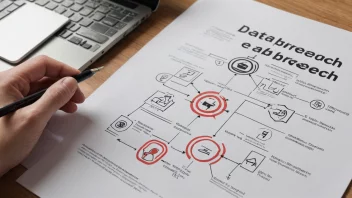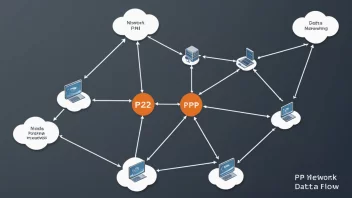In today’s digital landscape, APIs (Application Programming Interfaces) play a critical role in connecting different software systems and enabling seamless communication. However, with the increasing number of cyber threats, securing APIs has become a paramount concern for developers. This article explores best practices for securing APIs, ensuring that developers can protect their applications and users effectively.
One of the fundamental aspects of API security is authentication. It is essential to verify the identity of users and applications accessing the API. Developers should implement robust authentication mechanisms such as OAuth 2.0 or JSON Web Tokens (JWT). These methods provide secure token-based authentication, allowing only authorized users to interact with the API.
Another significant practice is the use of HTTPS. Transmitting data over secure HTTP ensures that the data exchanged between clients and APIs is encrypted, protecting it from eavesdropping and man-in-the-middle attacks. Developers should enforce HTTPS to safeguard sensitive information, especially when dealing with personal data.
Input validation is also crucial in API security. APIs must validate input data to prevent common vulnerabilities such as SQL injection and cross-site scripting (XSS). By implementing strict input validation rules and sanitizing user inputs, developers can significantly reduce the risk of attacks.
Rate limiting is another effective strategy for protecting APIs from abuse. By limiting the number of requests a user can make in a given timeframe, developers can mitigate denial-of-service (DoS) attacks and ensure fair usage of resources. This can be achieved through various methods such as token buckets or fixed windows.
Moreover, logging and monitoring API usage is vital for identifying suspicious activity. Developers should implement comprehensive logging mechanisms to track API requests and responses. Analyzing logs can help detect potential security breaches and facilitate quick response to incidents.
When designing APIs, it is also beneficial to follow the principle of least privilege. This principle dictates that users should only have access to the resources necessary for their tasks. By implementing role-based access controls (RBAC), developers can enforce this principle, minimizing the risk of unauthorized access.
Finally, regular security assessments and updates are critical in maintaining API security. Developers should conduct periodic security audits, penetration testing, and code reviews to identify and address vulnerabilities. Keeping libraries and dependencies up-to-date is also essential to prevent exploitation of known security flaws.
In conclusion, securing APIs is a vital responsibility for developers. By implementing best practices such as robust authentication, using HTTPS, validating inputs, rate limiting, logging, adhering to the principle of least privilege, and conducting regular security assessments, developers can significantly enhance the security posture of their APIs. Following these guidelines not only protects sensitive data but also builds trust with users, ensuring that their applications remain secure in an increasingly complex threat landscape.






